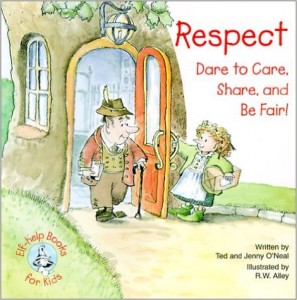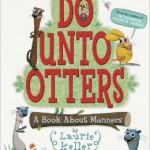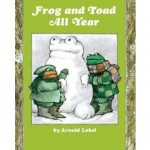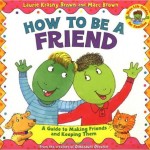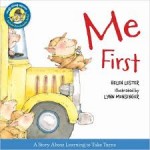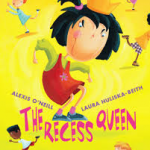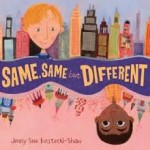Below are five more facts about groundhogs and their special day!
- A groundhog’s life span is usually six to eight years. Litters are normally born mid-April or May, and by July the young animals are able to go out in the wilderness by themselves. However, while in captivity, groundhogs have been known to live for up to 22 years. They can grow up to 3 feet in length and can weigh as much as 30 pounds.
- Groundhogs are vegetarians. While they do sometimes eat insects, they mostly consume greens, fruits and vegetables. They also drink surprisingly little water. They get most of their liquid from the dewy leaves they eat.
- Groundhogs are also known as “whistle pigs” because of their ability to sit up on their hind legs and make a loud, high-pitched whistle sound. They use this noise an alert about oncoming dangers, like coyotes or eagles. They also use this sound during the spring when they begin mating.
- The tradition of Groundhog Day was brought over by German immigrants in the late 1800s. The town of Punxsutawney,Pennsylvania eventually became the center of the tradition. At the time, the “unburrowing” ceremony was planned by members of Groundhog Lodges, meant for socializing with others and enjoying meals.
- The original custom never involved groundhogs. The Europeans originally used badgers or sometimes bears as their weather forecasters, as both animals hibernate and wake up when the days become longer and the sun’s angle becomes higher.
For even more facts about Groundhog Day…
 Read: Groundhog Day by Gail Gibbons
Read: Groundhog Day by Gail Gibbons
Every February 2, people all across the country wonder about the groundhog, Punxsutawney Phil. Will he see his shadow on that day or won’t he? Will spring come early or late? Here is information about Groundhog Day, its origins, and the animal at the center of this delightful annual event.
You can find more books about groundhogs @ 394.26




